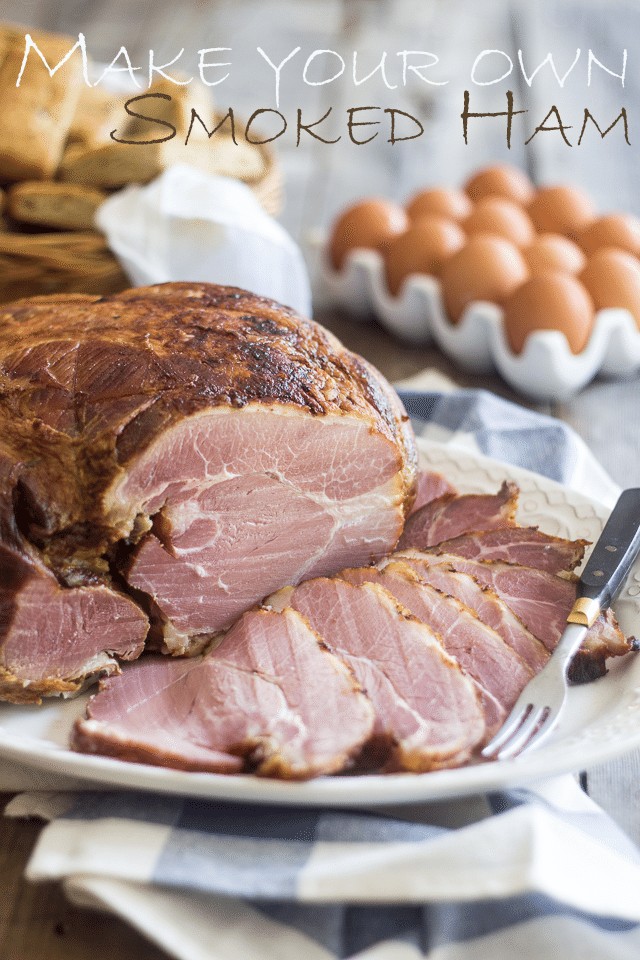I’m pretty sure the first time I had caviar was at a wedding. It was years before I ate it again. I was in the lobby of an opera house in Budapest during intermission. There I encountered an incredible spread of elegant hors d'oeuvres, many topped with Russian caviar. I drank a Soviet version of Champagne and felt very posh. It left a more memorable impression than hearing Carmen sung in Hungarian!
According to the dictionary, caviar is the processed salted roe of large fish, typically sturgeon. Sturgeon take 10 years to reach reproductive age and are in danger of extinction in the wild. While Russian caviar is most well-known, I’m going to focus on American caviar since it is more sustainable, readily available and less expensive. American caviar was once a huge industry. In the early 19th century caviar was harvested so heavily in the United States that sturgeon almost disappeared completely.
According to the dictionary, caviar is the processed salted roe of large fish, typically sturgeon. Sturgeon take 10 years to reach reproductive age and are in danger of extinction in the wild. While Russian caviar is most well-known, I’m going to focus on American caviar since it is more sustainable, readily available and less expensive. American caviar was once a huge industry. In the early 19th century caviar was harvested so heavily in the United States that sturgeon almost disappeared completely.
Recently American caviar has made a return. Today sturgeon are farmed by companies like Tsar Nicoulai outside of Sacramento, California. Their products are free from mercury found in large fish in the wild, and their production takes pressure off the wild population. While caviar is synonmous with luxury, salmon roe, trout roe, whitefish and tobiko (flying fish roe) are even more economical options than the classic sturgeon and are all very delicious. You can find seven varieties from Tsar Nicoulai at Whole Foods Market. No matter which you choose it is a splurge, so consider it for New Year’s Eve, New Year’s Day (brunch!) Valentine’s Day, birthdays or anniversaries.
Different grades of caviar are going to have slightly different flavors and textures. Tsar Nicoulai’s most expensive caviar is their Reserve Caviar, the individual beads are creamier in texture and mild flavored. Their California Estate Caviar is my personal favorite. It tastes like the ocean and has a firmer texture. Tsar Nicoulai’s Classic Sturgeon Caviar is the least expensive, but has a brinier, fishier flavor and a brighter acidity.
Salmon caviar has large juicy salty beads, other deliciously enhanced varieties to consider included smoked trout roe and truffled whitefish roe.
Have you ever wondered why mother-of-pearl spoons are used with caviar? It’s because they will not alter the flavor. A plastic spoon is fine too. Caviar is delicious on its own, or served traditionally with blini, but there are lots of other ways to enjoy it. Once you open a container be sure to use within 24-48 hours.
Here are a few ways to enjoy caviar or roe:
Here are a few ways to enjoy caviar or roe:
* Top deviled eggs with caviar
* Use on savory corn, potato or crab cakes
* Dollop caviar on an omelet or scrambled eggs
* Serve caviar on sliced raw sea scallops
* Decorate a smoked salmon and cream cheese dip with caviar
* Add caviar to pasta with shellfish such as lobster, crab or shrimp
* Serve it on potato or vegetable chips with or without sour cream or creme fraiche
* Fold caviar into hollandaise sauce and serve on eggs, asparagus or on poached seafood
* Use caviar on slices of cucumber or baby potatoes
* Top raw or cooked oysters with caviar
* On top of steak tartare
* On top of steak tartare
Disclaimer: My thanks to Whole Foods Market for hosting a caviar tasting and providing me with samples. I was not compensated monetarily for this or any other post.







0 Comments